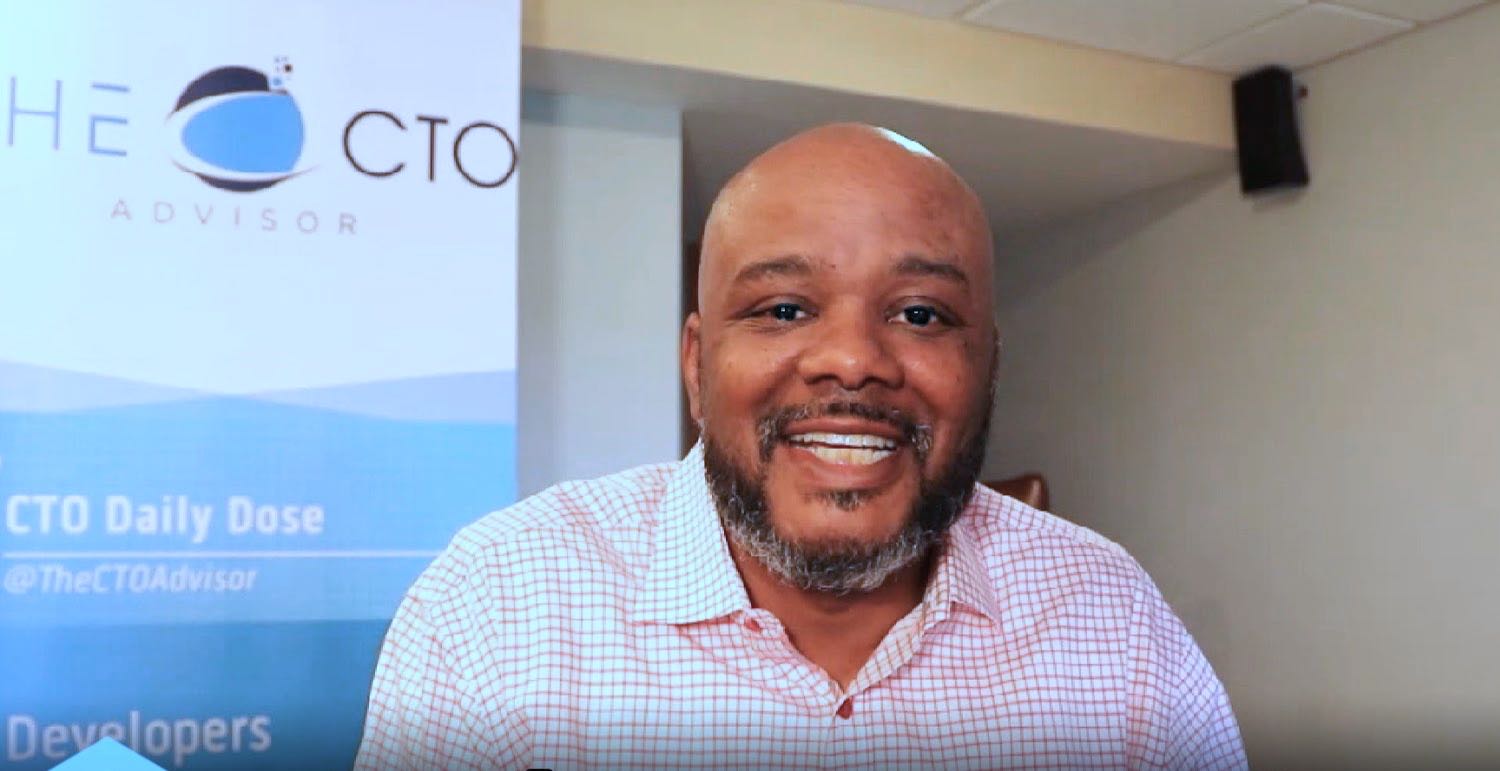 APPS
APPS
 APPS
APPS
 APPS
APPS
As humanity self-isolates under the threat of COVID-19, the biggest social events on the information-technology calendar have been forced to join the digital transformation trend. And everyone who relies on conferences to create or disseminate information are adjusting to a new way of doing business.
“My brand, The CTO Advisor, is tied to people … seeing me at the shows,” said Keith Townsend (pictured), co-founder of The CTO Advisor. The challenge Townsend describes is one familiar to companies, big and small, who are faced with replicating the engagement of on-the-ground events in the digital realm.
In a recent digital CUBE Conversation, Townsend joined Jeff Frick, host of theCUBE, SiliconANGLE’s mobile livestreaming studio in Palo Alto, California, to discuss how he solved the challenge of representing his brand at digital conferences, as well as if the benefits of digital events could end up changing the way the conference circuit works for the long term.
Planning The CTO Advisor virtual conference threw Townsend head first into the experience of creating an interactive virtual event. One major difference was that the keynote speakers pre-recorded their presentations. This means that rather than delivering information to a static audience, speakers were available in a live chatroom and on Twitter, answering questions and engaging the community as their presentation was shown.
“We focused on creating high-quality video content that you can consume kind of as a watch party,” said Townsend. “We’re having conversations real time so that you can enjoy the community.”
As well as audience engagement during the event itself, Townsend intends to start a conversation that can continue for weeks and months afterwards. “With a virtual event, you’ve got a third of your audience that first day, a third of the audience the next week, and then the rest of the audience creeps in over the next three or four weeks,” Townsend said.
The change is to view a keynote as a community event versus a one-way communication of news, according to Frick. And creating a long-term feedback loop means increased value to the company sponsoring the event. “There’s so much institutional knowledge and tribal knowledge and experience within all those people that are just sitting passively listening to that keynote. If this is a way to better suck that information back into the company, I don’t think they’ll ever go back to the other way it was,” he said.
In addition to making communication between speaker and audience flow easier, all the other elements of an event — breakout sessions, community engagement, and information flow — are actually cheaper and more efficient online than in person. Product announcements can be managed in a much more immediate way, allowing continual flow of information in the way that periodic software updates that addressed many issues at one time have been replaced by continuous updates that fix issues and add features seamlessly.
“Why should product group A wait until the conference date if they’re ready to release their information?” Frick asked. “This kind of forced aggregation of the communication into this very small window of three days in Vegas, I don’t think it makes any sense.”
Townsend described how The CTO Advisor virtual conference was designed to have 21 sessions over five hours, split into three separate tracks: “Two super techy, geeky tracks, then a sponsored track,” he said.
In a regular event, this would mean huge expense renting a large-sized venue that could support that number of sessions within a limited timeframe. But, in a key change from a regular conference, the content from The CTO Advisor virtual event is not designed to be consumed only during the event. This removes the restrictions on numbers of attendees due to room size and means there’s no picking and choosing between sessions. Attendees can watch as many as they want, and when they want.
“The virtual conference is such a democratizing event,” Townsend stated. By removing the restrictions of cost, time and other requirements of physical travel, “the virtual conference gives opportunities for collaborations that could not have taken place otherwise,” he added.
While no one imagines that physical conferences will cease to exist, they may change into more of a social get-together or customer appreciation event than the current format, according to Frick.
“Digital’s not the same as physical, and there are some things that aren’t as cool, but there’s a whole lot of things that you can do in the digital space that you can’t do in the physical space,” he concluded.
Watch the complete video interview below, and be sure to check out more of SiliconANGLE’s and theCUBE’s CUBE Conversations.
THANK YOU